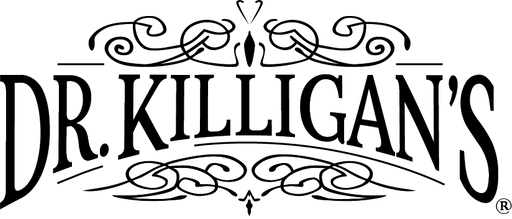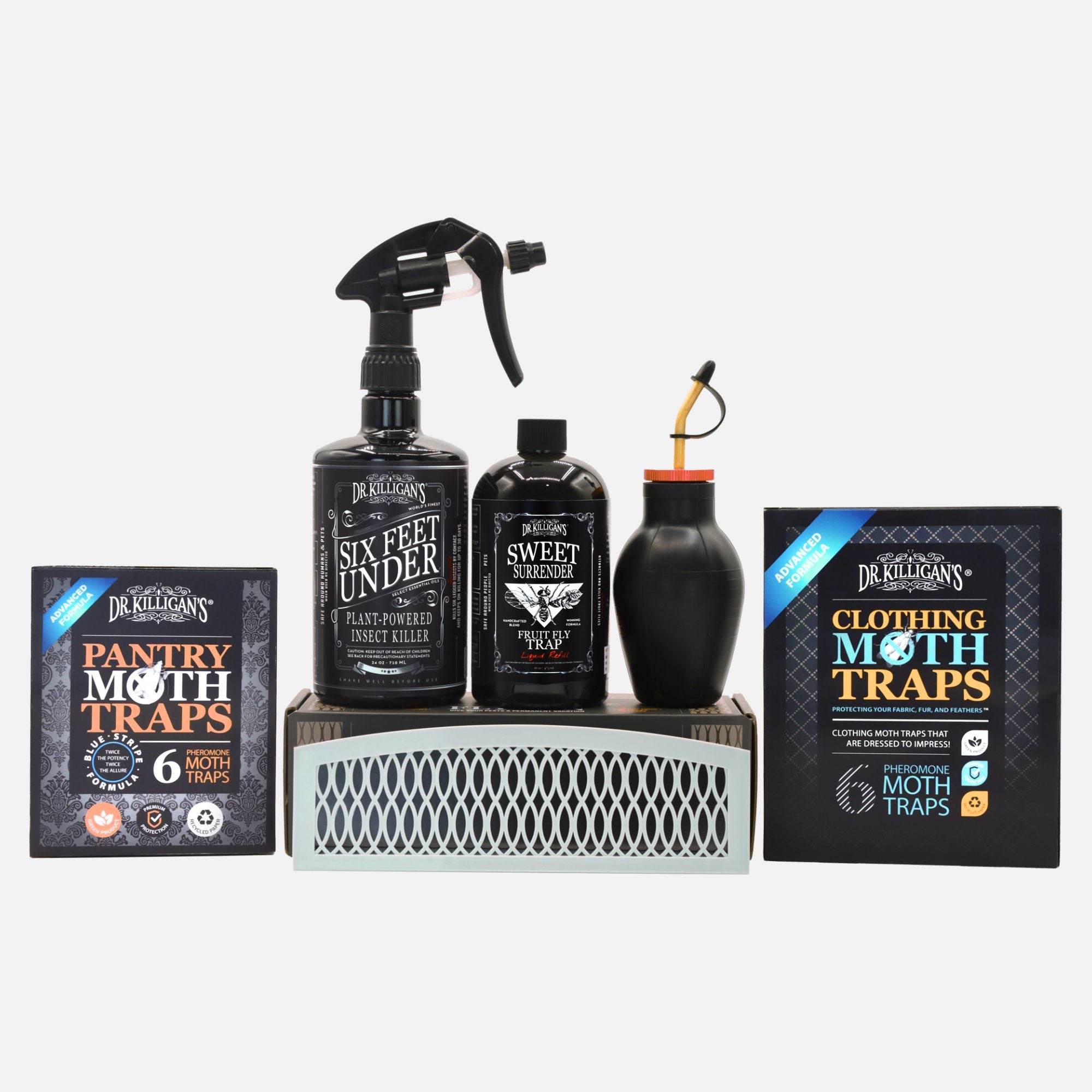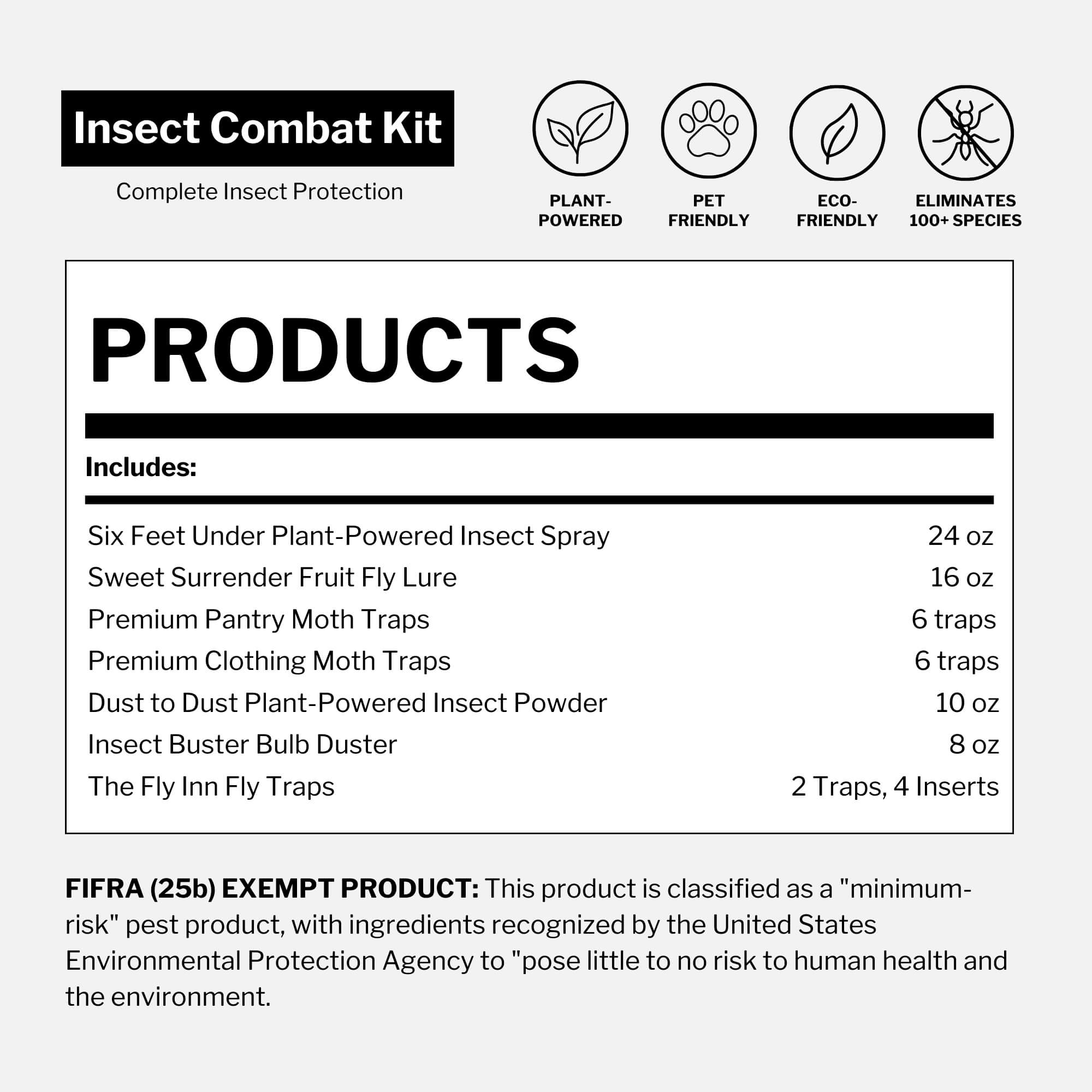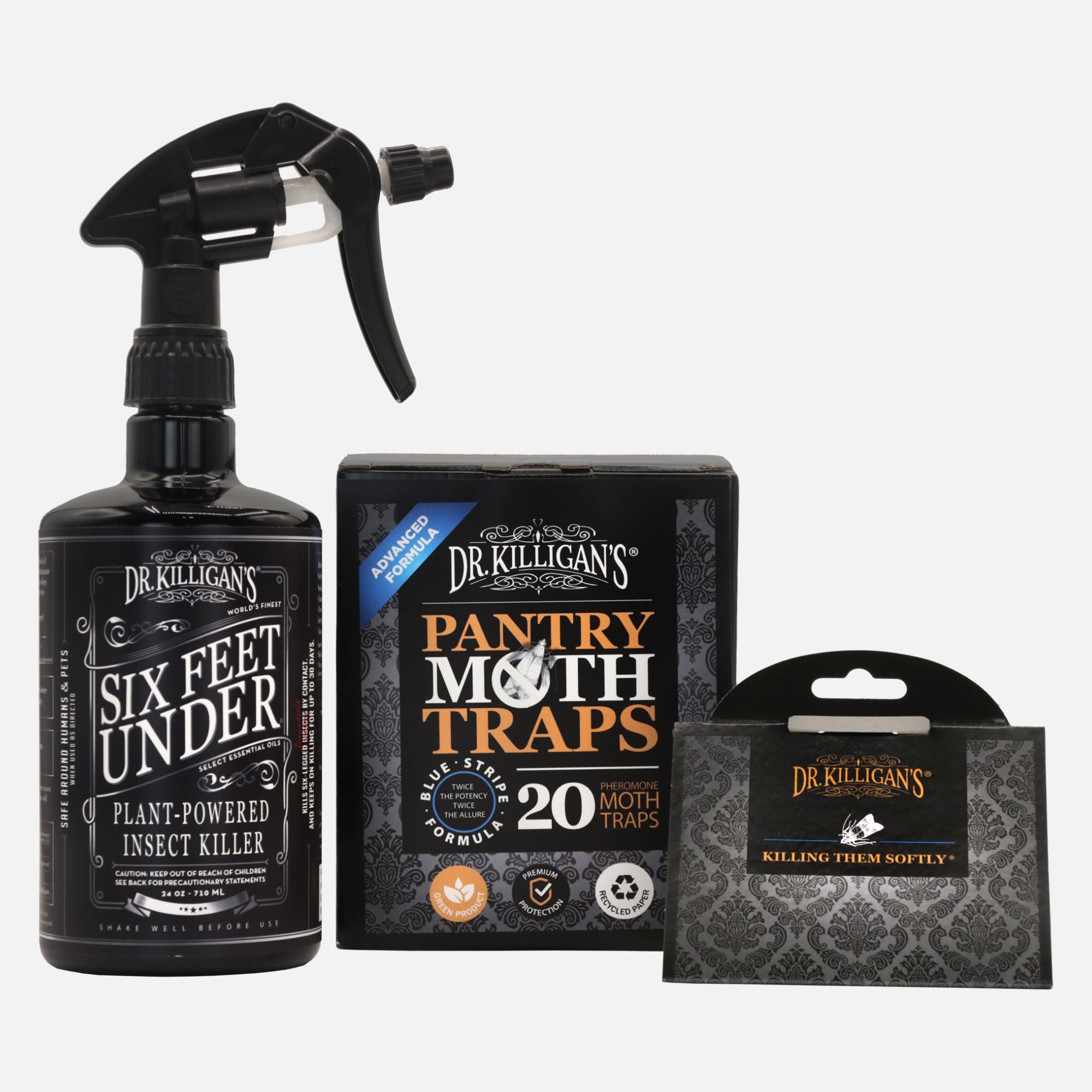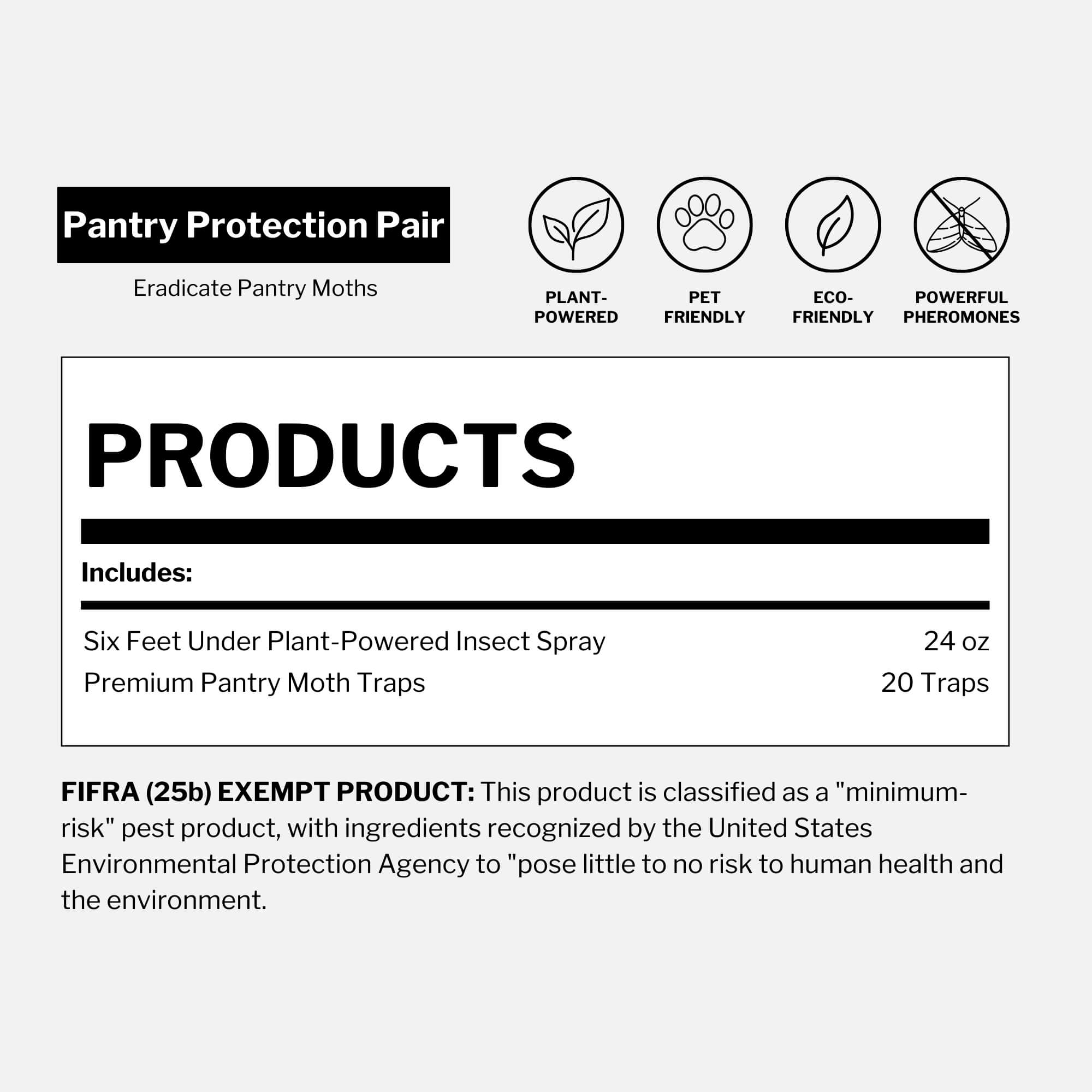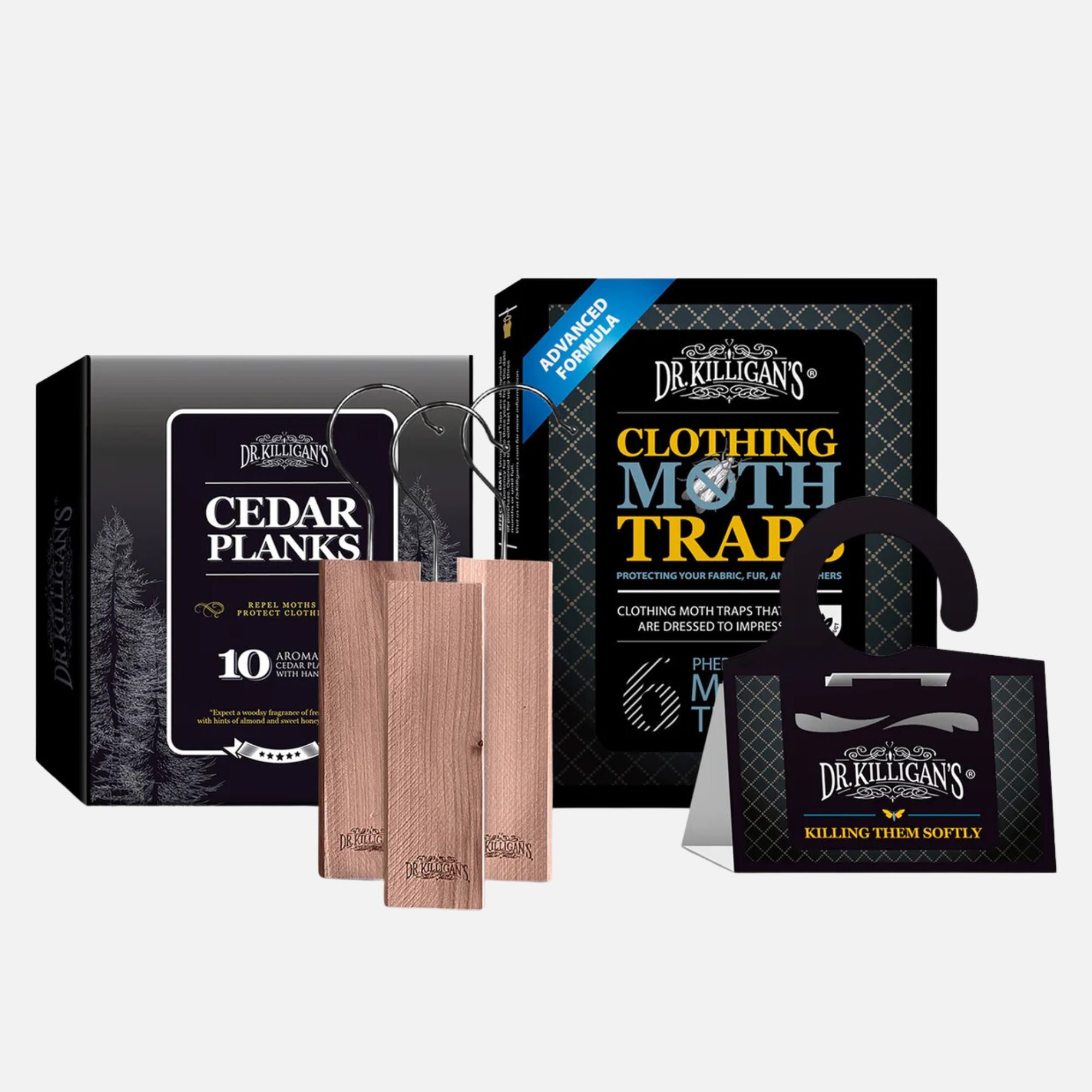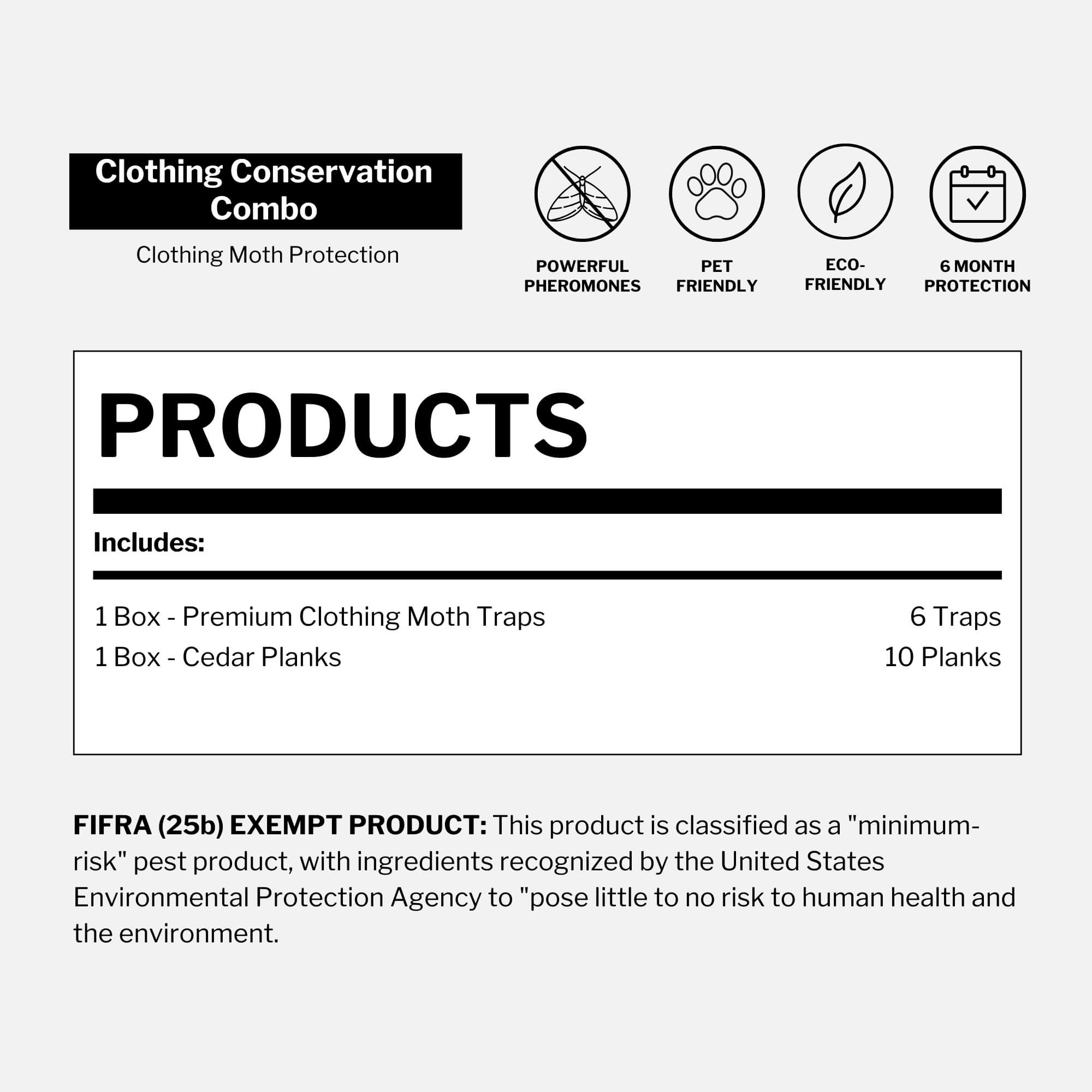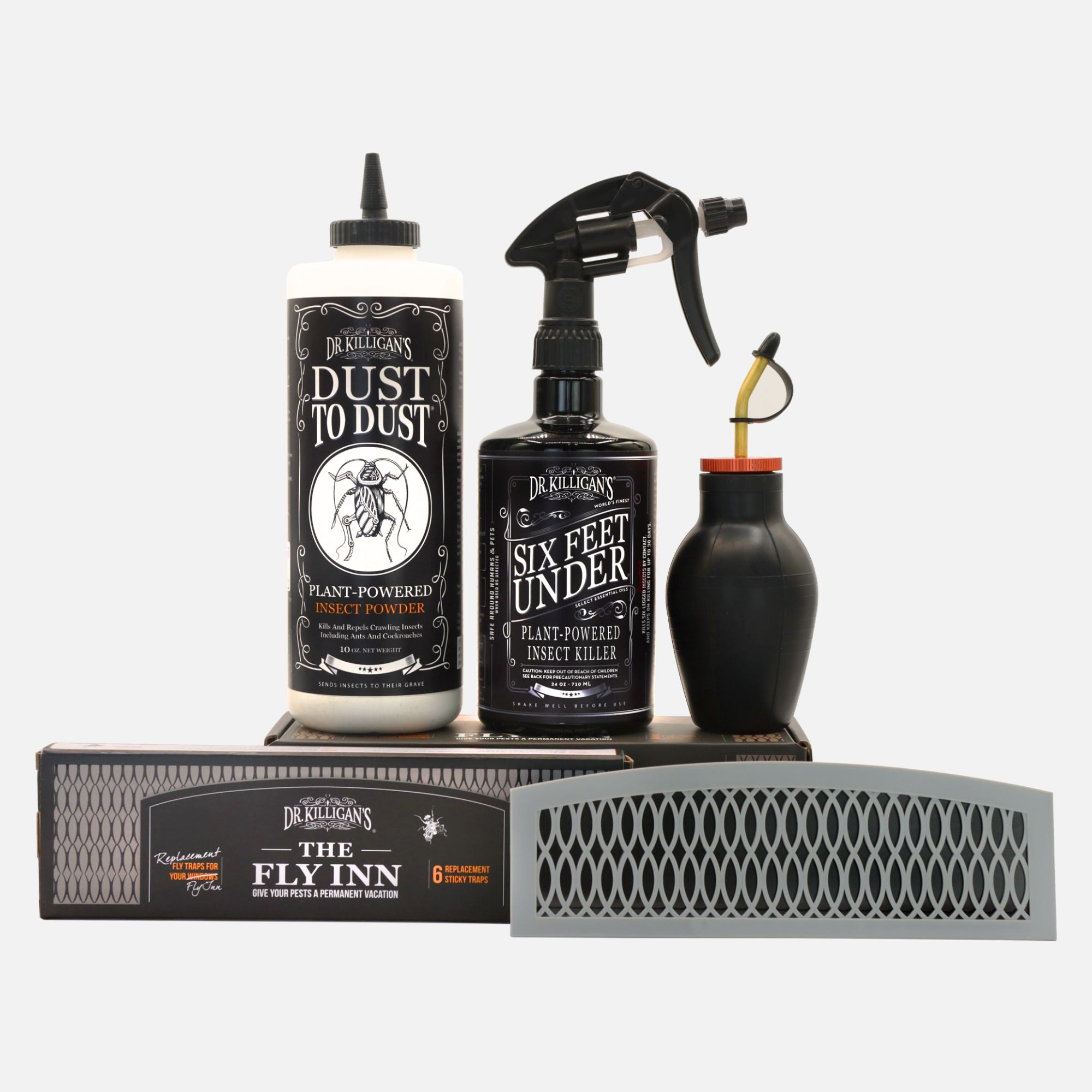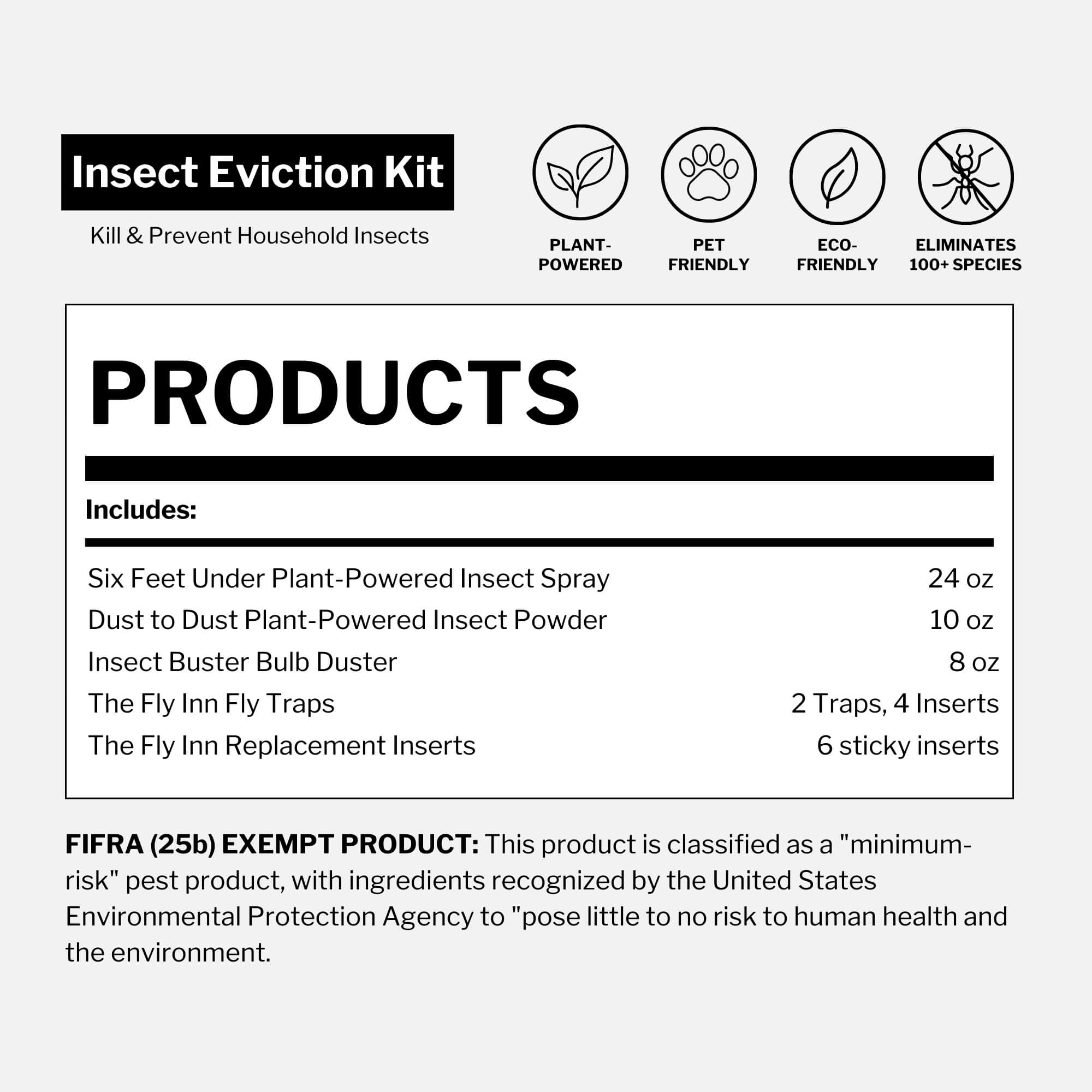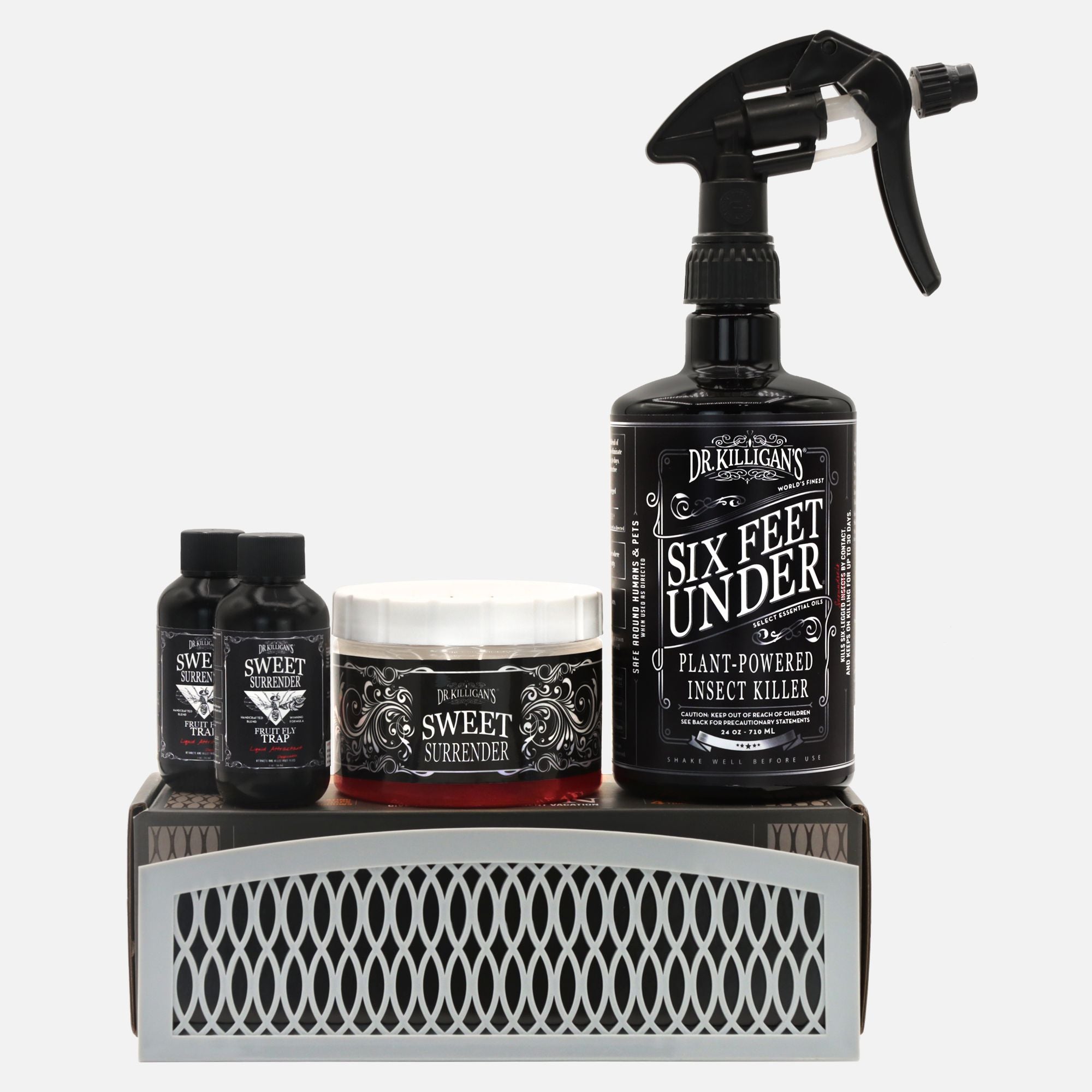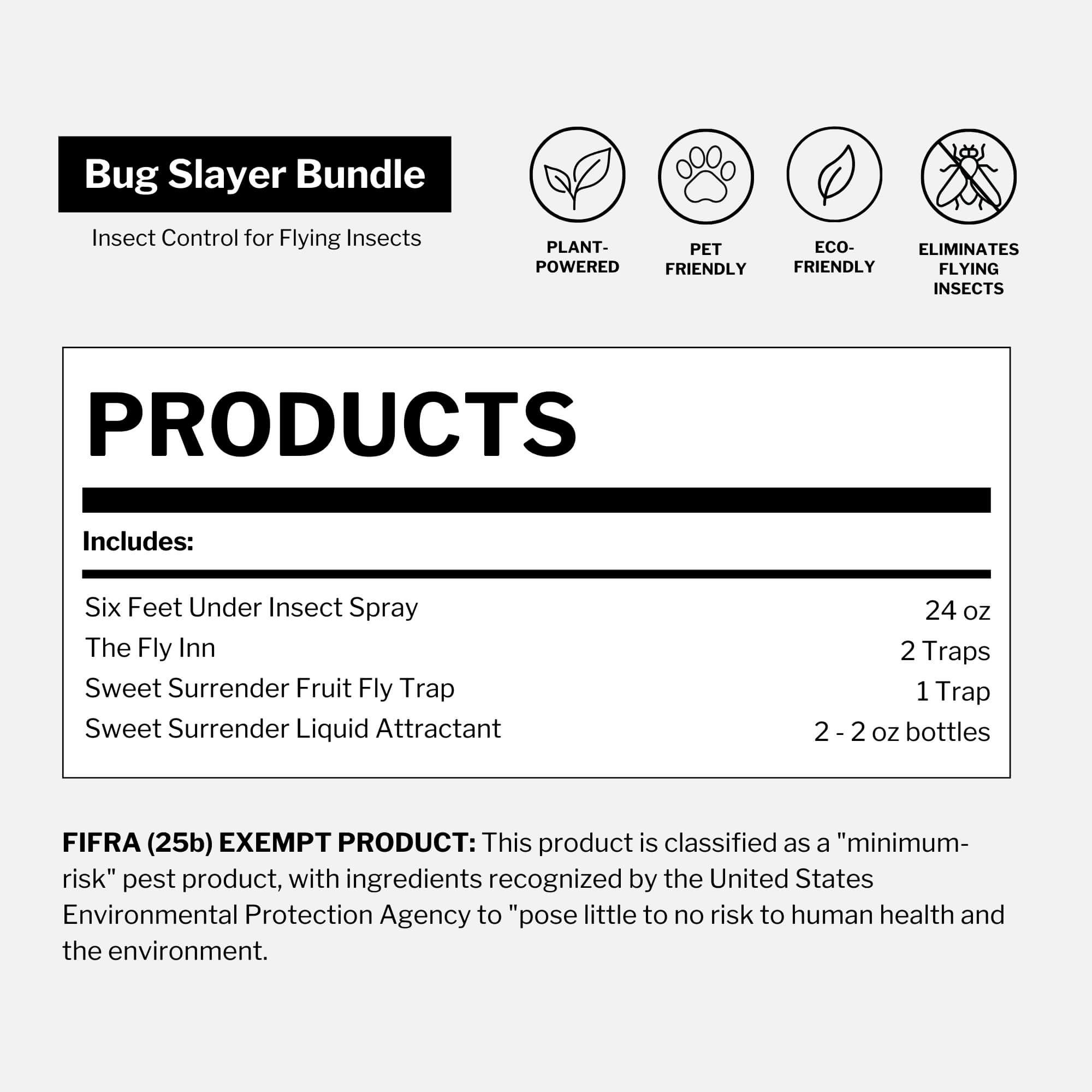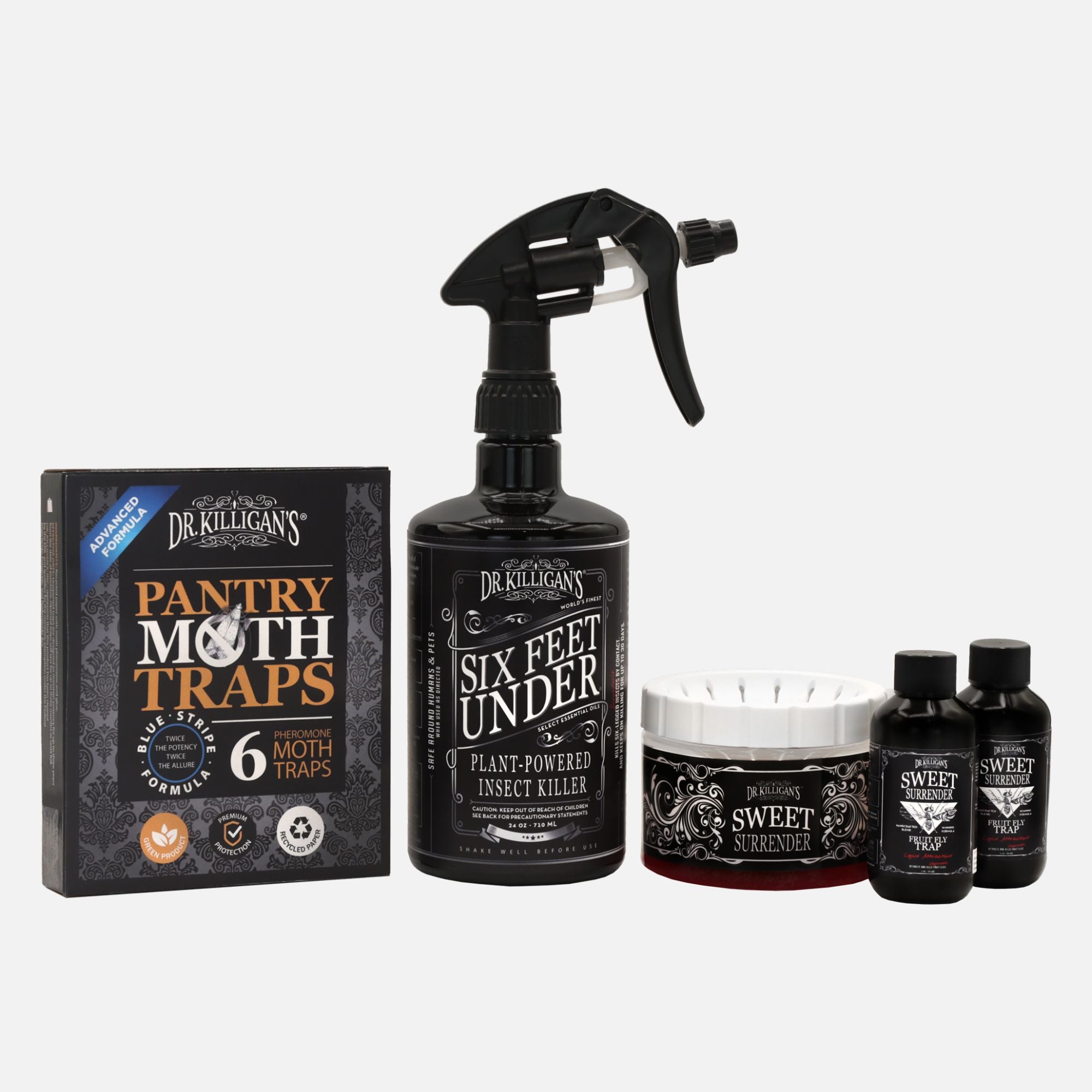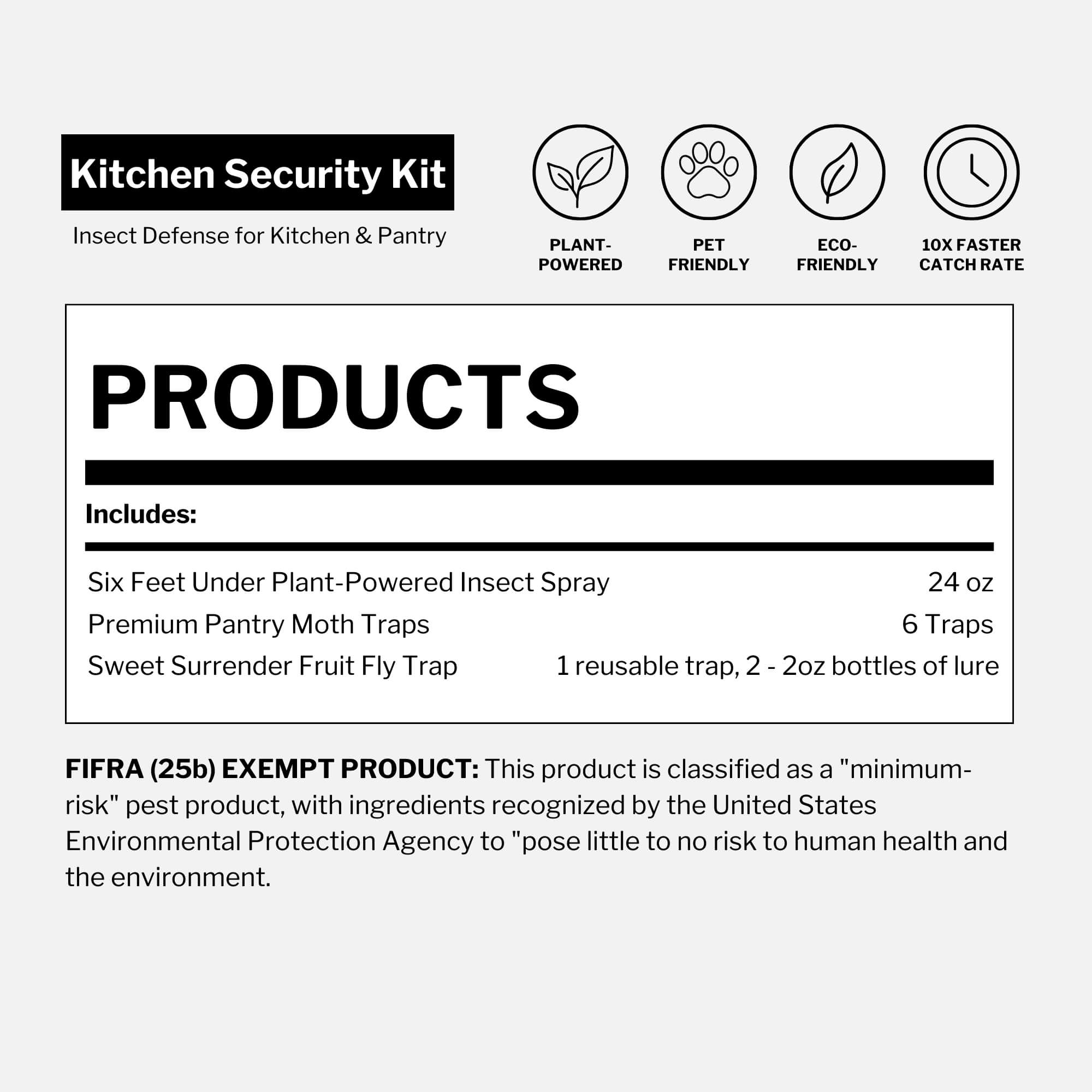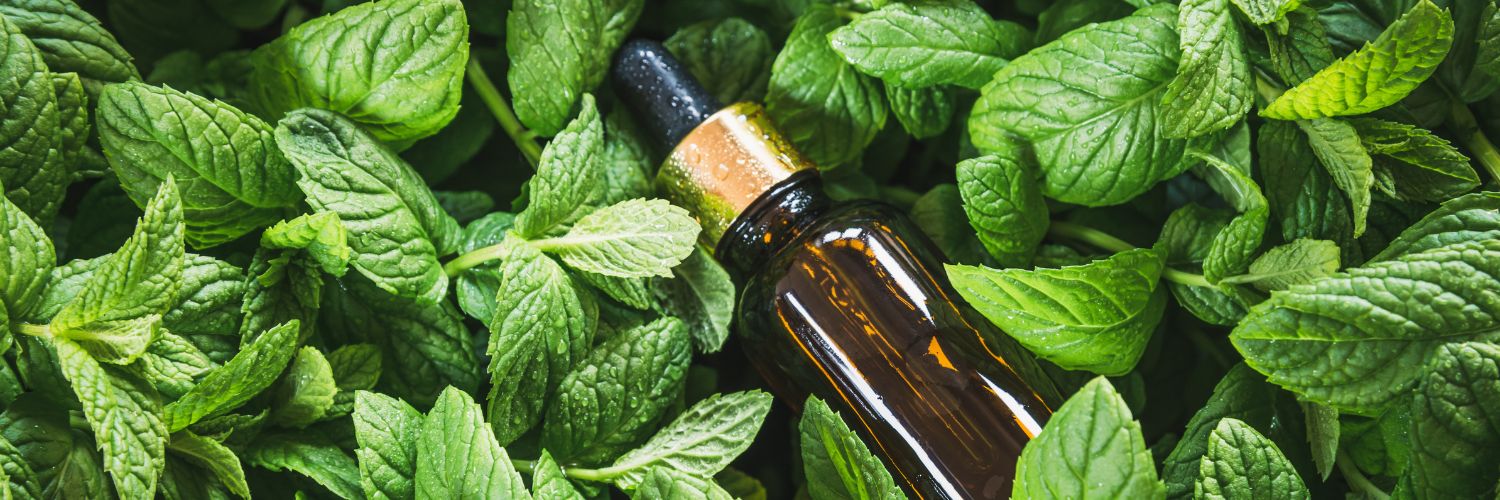Updated on May 10th, 2025
“80% of most people's exposure to pesticides happens inside the home.”
This striking statistic highlights an often-overlooked threat: the pesticides we apply indoors linger in the very air we breathe and on the surfaces we touch. In fact, 75% of U.S. households used at least one pesticide product indoors last year, according to data reported by the Environmental Protection Agency (EPA).
Together, these numbers reveal a growing need for safe, effective and environmentally responsible indoor pest control solutions. These include eco-friendly pest control methods that avoid synthetic chemicals in favor of plant-powered ingredients.
Beyond our homes, pesticides threaten wildlife, human populations and ecosystems. Commercial pesticide applicators, farmers and homeowners apply about 1 billion pounds of pesticides annually to agricultural land, non-crop land and urban areas throughout the United States.
This extensive use has environmental consequences. According to the U.S. Geological Survey, pesticides have been detected in many of the nation’s groundwater aquifers, highlighting a serious risk to both drinking water and ecosystem health.
At Dr. Killigan’s, we offer EPA-recognized, minimum risk pest control solutions—formulated to protect your home without compromising your health or the environment.
How do traditional pesticides harm the environment and ecosystems?

Pesticides don’t just disappear after being applied; they move and break down in different ways in the soil. Some bind to particles (adsorption), while others degrade through natural processes or are absorbed by plants and microbes. Many migrate deeper into the earth or are carried away by rain, leading to long-lasting contamination that harms ecosystems and pollinators.
Research shows that pesticides can even reach groundwater, contaminating drinking water sources—that we rely on for drinking—and threatening both human health and wildlife.
For more insight into safer alternatives, read:
How do pesticides harm fish and aquatic life?
Pesticides can have devastating effects on aquatic ecosystems, causing long-term harm to water sources and the species that live within them. When pesticides enter rivers and lakes through runoff or leaching, they poison fish and other aquatic species. Fish exposed to these chemicals suffer from organ damage, altered behavior and reproductive issues. Toxic substances accumulate in their tissues over time, leading to long-term effects on the entire food chain.
Specifically, pesticides can accumulate in fish organs like the liver, kidneys and gills, leading to organ failure and death. Hematological changes—such as alterations in red and white blood cell counts—result in weakened immune responses. Studies show that pesticides may also cause reproductive issues in species like brown trout and Atlantic salmon, further disrupting aquatic ecosystems and affecting the species that rely on these fish for survival.
Because fish are at the bottom of the aquatic food web, their contamination affects larger species, including those we rely on for food.
To protect your pets, read:
How are people affected by harmful pesticides?

The impact of pesticides on human health can be profound. A Penn State Extension article explains that because all pesticides are biologically active to be effective, they pose potential hazards to humans and animals. The EPA states that pesticides like organophosphates and carbamates can affect the nervous system, while others may irritate the skin, eyes or respiratory system. Some pesticides are even linked to more severe chronic health effects, including carcinogenic risks and disruptions to the endocrine system. The most vulnerable are our young ones and beloved pets, given their still-developing and delicate systems.
"Chronic effects from exposure to certain pesticides include birth defects, tumors, genetic changes and endocrine disruption."
This sobering finding, from Penn State Extension, exemplifies the long-term risks posed by pesticide exposure—even at low doses over time.
For insight, read:
- Toxic traps: How common pest control chemicals contribute to disease
- Choosing the best pest control: Mechanical control vs. chemical control methods
What makes Dr. Killigan's an eco-friendly pest control brand?
Our homes are sanctuaries, places where we seek comfort and safety. However, that safety should never come at the cost of introducing harmful agents into our environment. Traditional pest control methods may offer immediate relief, but the environmental and health toll they take is often hidden and long-lasting. The chemicals they leave behind persist, creating an invisible yet profound impact on both our homes and the natural world.
At Dr. Killigan's, we recognize that the health of our homes is inseparable from the well-being of our environment. That’s why we uphold the highest environmental standards, ensuring that our pest control solutions are as effective as they are safe for your family and the planet when used as directed.
To further explore this topic, read:
- Ingredients without harmful pesticides: Understanding EPA’s minimum risk pesticides
- Top 9 eco-friendly pest management methods
How much does eco-friendly pest control cost?
Even as more people shift toward safer pest control, cost remains a concern. Fortunately, eco-friendly pest control doesn't have to be expensive. Many environmentally safe extermination options now match or beat the price of traditional chemical treatments—especially when you factor in long-term health and environmental savings.
At Dr. Killigan’s, our plant-based products are competitively priced and easy to apply at home.
Conclusion: A safer, greener future

Embrace green pest control solutions that are proven, effective and safe when used as directed. At Dr. Killigan’s, we’re redefining what pest control means—no harmful chemicals, no environmental compromise.
Our formulas meet EPA minimum risk standards and are designed to keep pests out without putting your family or the planet at risk. Make the switch to environmentally safe pest control today and experience the difference. Discover why more families are choosing green pest control solutions for safety, sustainability and peace of mind.
Gain deeper insights into our pioneering techniques and the rigorous standards behind our products with these informative resources:
- The truth about pesticide labels: What you need to know, not fear
- Putting customers first: The power of full disclosure from Dr. Killigan’s
- Is sustainable pest control possible?
- What are affordable non-toxic pest control solutions?
Stay informed and take decisive steps that reflect your care for home safety and environmental well-being.
